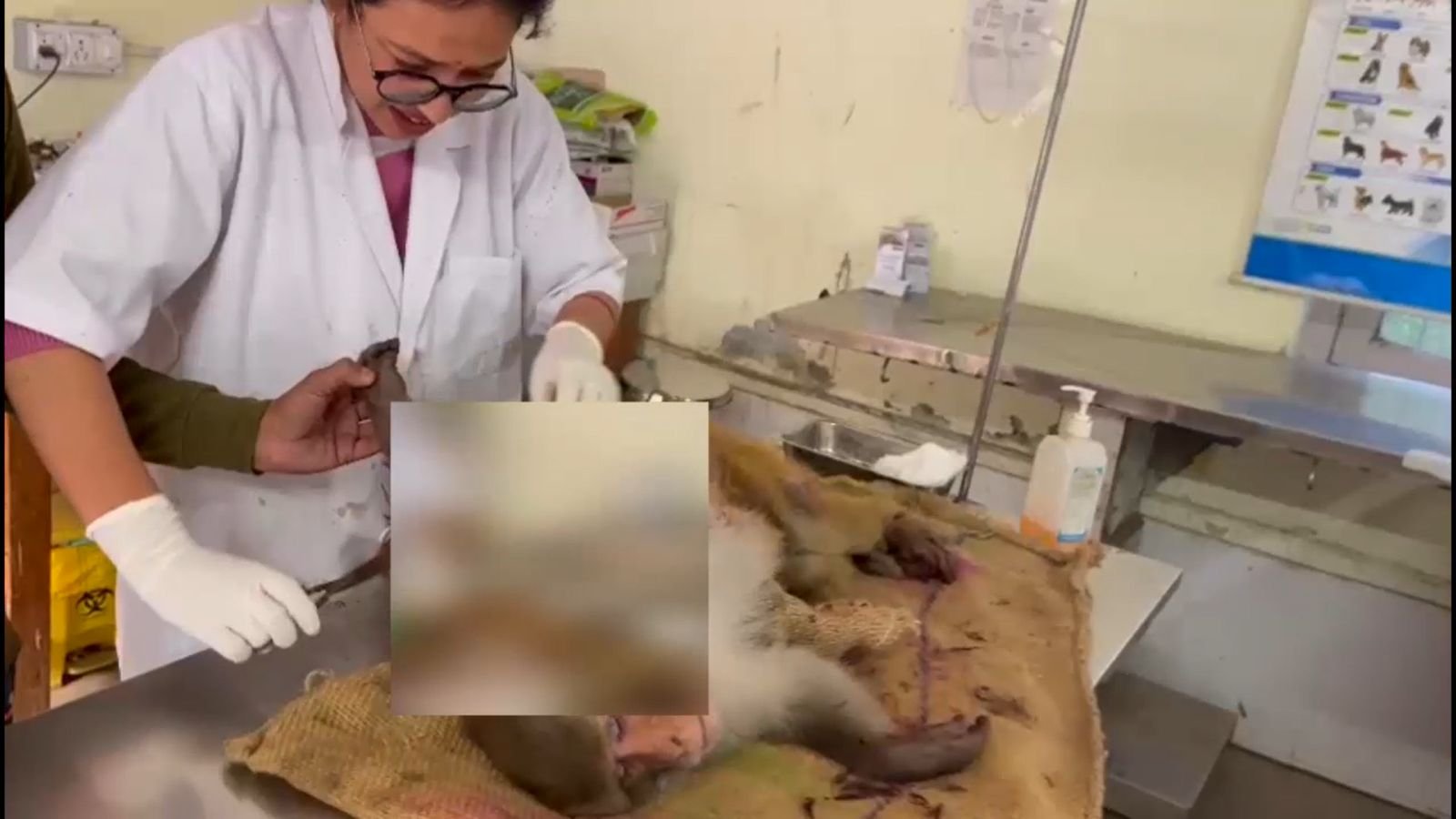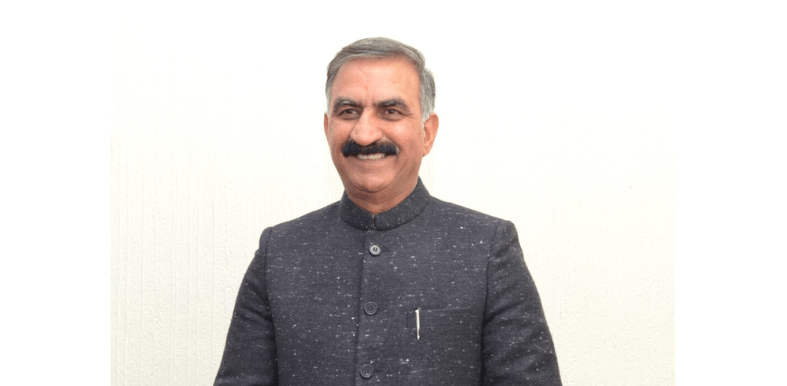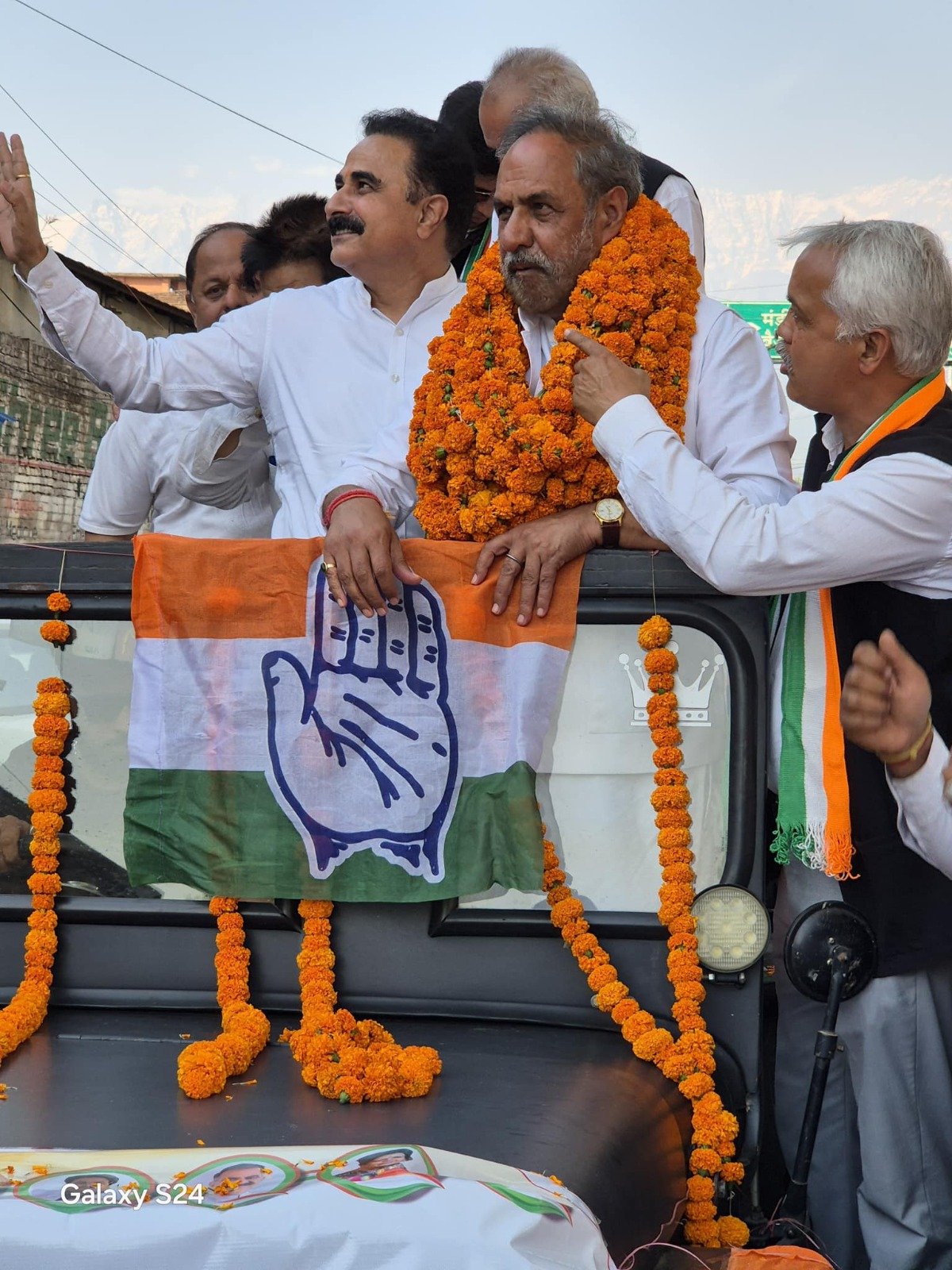MANDI: In a poignant demonstration of human-animal empathy, the residents of Khaliyar Ward in Mandi town of Himachal Pradesh came together to rescue a helpless monkey impaled by a four-foot-long iron rod.
The incident began when the monkey, possibly fleeing in fear or excitement, fell onto a slanted rod on a rooftop, which pierced through its forearm. Stricken with pain and unable to free itself, the monkey’s desperate cries drew the attention of local residents. Witnessing the animal’s agony stirred a sense of urgency and compassion in the community.
Despite its defensive aggression and the looming threat posed by other monkeys in the vicinity, the locals knew they had to act. “It wasn’t just an animal in pain; it was a life crying out for help,” shared a local resident, summing up the shared sentiment that drove them into action.
Delay from authorities tested patience
Repeated calls for assistance to wildlife officials and fire brigade teams were met with delays and unpreparedness. The forest department team, though present, lacked the training and tools required for such rescues. The situation cast a shadow over institutional readiness and highlighted a gap in wildlife emergency response mechanisms.
Undeterred by the lack of external support, local resident Nipun Malhotra stepped forward, coordinating with Dr Pallavi, a veterinary surgeon, and pharmacist Urmila. Together, they formulated a plan to rescue the distressed monkey.
Overcoming significant challenges, including the animal’s aggression and the protective hostility of other monkeys, the team managed to sedate the injured monkey safely. The sedative allowed them to carefully extricate the rod, and Malhotra personally transported the monkey to the hospital in his car.
Managing pain, treatment and healing
At the hospital, the monkey underwent surgery to close the wounds caused by the rod. Four stitches were administered, and the animal was stabilised. Now under the watchful care of the forest department, the monkey is expected to make full recovery. Officials will decide on its release back into the wild after monitoring its health for two-three days.





